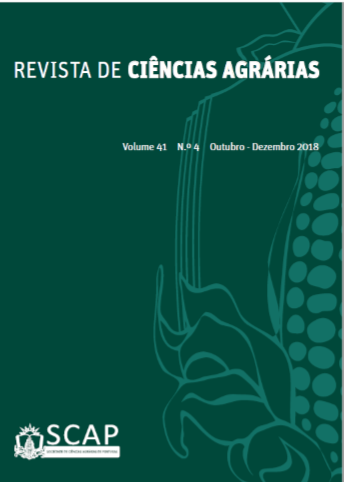Induction of friable callus in leaf explants and nodal segments of ironwood (Caesalpinia ferrea)
DOI:
https://doi.org/10.19084/RCA17311Abstract
Caesalpinia ferrea Mart., is a tree species that occurs in the Amazon, widely used against bronchitis, rheumatism and gastric ulcers. Recent studies have shown that the substance called "Pau-ferrol A" found in young seedlings has activity against human topoisomerase II. The objective of this work was to obtain friable callus from leaf explants and nodal segments for further studies on somatic embryogenesis. The effect of different concentrations of 2,4-D and ANA alone or in combination with BAP and TDZ on callogenesis was evaluated. Our results demonstrated that both types of explants selected showed significant differences (p <0.05) in callus induction, morphology and coloring. Maximum callus induction (90%) was obtained from nodal segment explants cultured in MS medium supplemented with 1.0 mg L-1 of 2,4-D and 5,0 mg L-1 of TDZ, maintaining the explants in photoperiod condition of 16 hours for 30 days with a temperature of 25°C ± 2°C. The results obtained from the callogenesis of C. ferrea made possible future studies on somatic embryogenesis.


